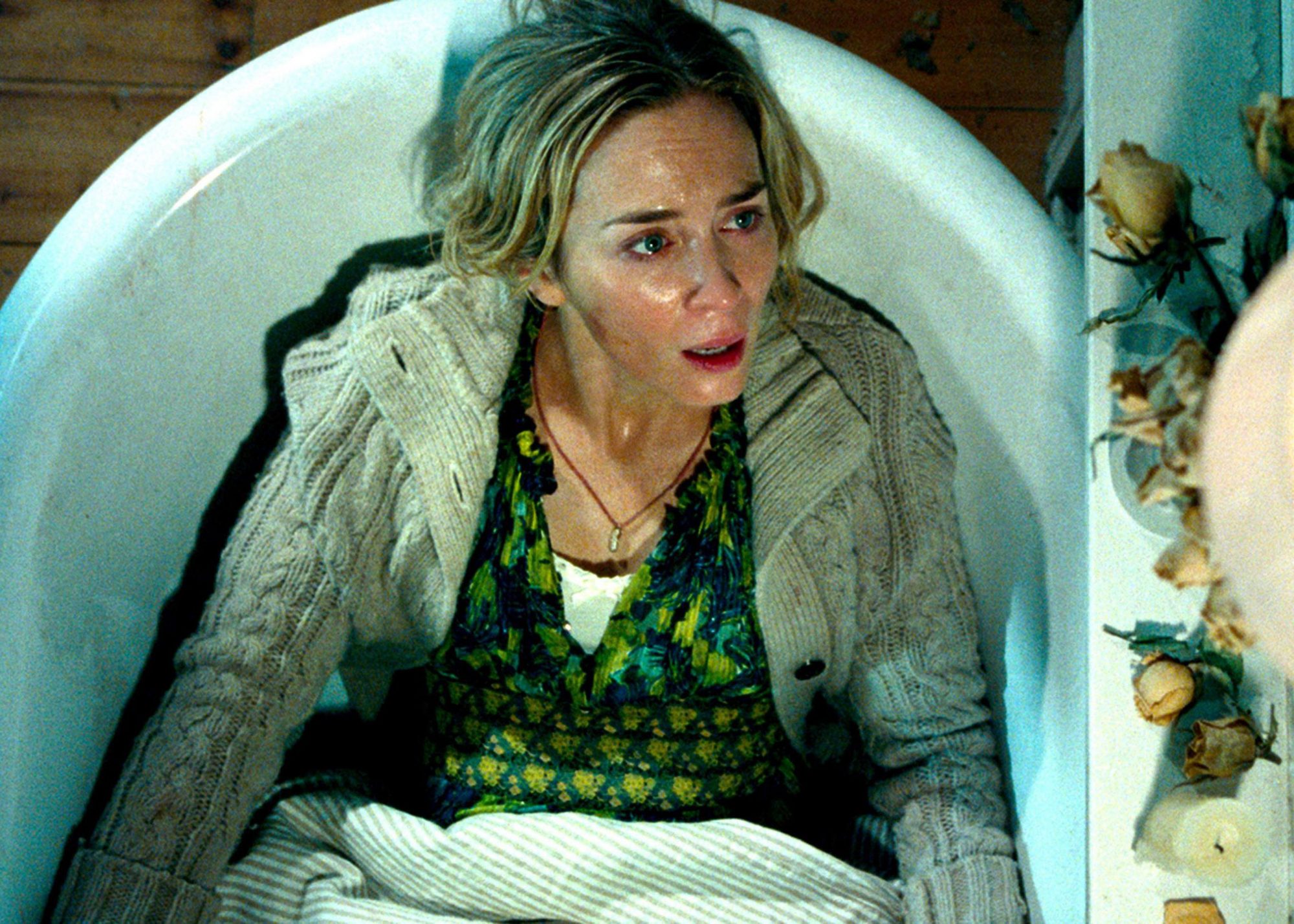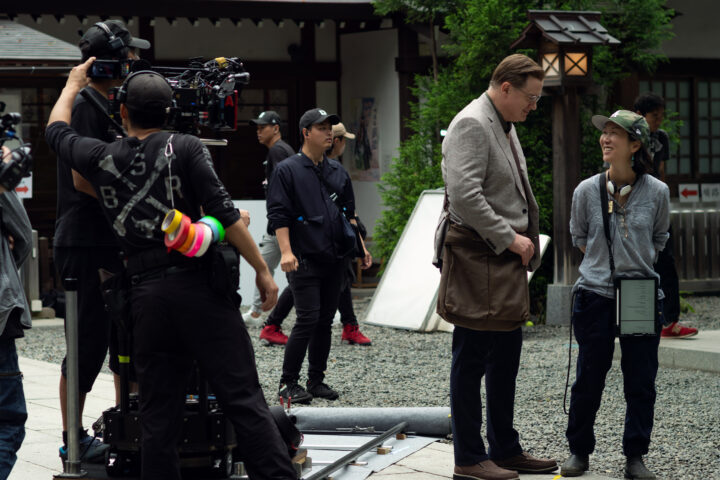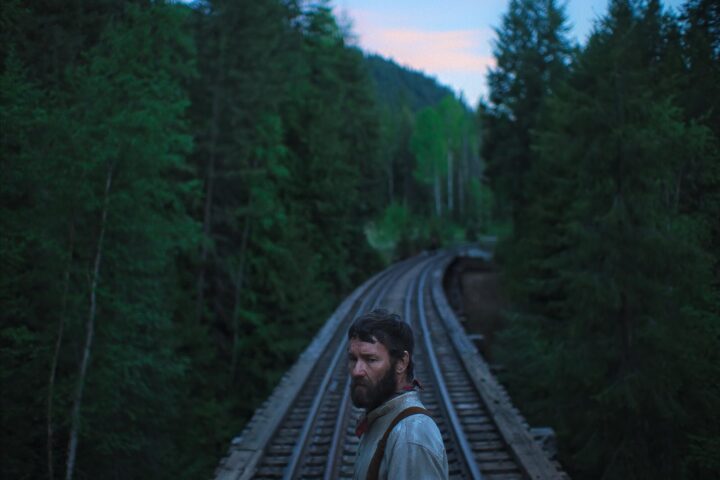The central visual motif in A Quiet Place, John Krasinski’s heartland horror story of a distant future where marauding creatures lurk, is the “shhh” of an index finger covering the lips. The actors barely make a sound, and neither does the audience for a taut 90 minutes.
Set in that favorite locale of contemporary filmmakers—the dystopian future—co-writer, director and star Krasinski has fashioned a skillful, tension-ratcheting machine of a horror picture that serves multiples masters at once—it’s deeply atmospheric, filled with jump scares and thematically resonant. And it does all of this with nary a page of dialogue.
In a story by Bryan Woods and Scott Beck, A Quiet Place gives little context for the whys and hows, its economical screenplay smartly eschewing any exposition, throwing us right into a nightmare that opens with faint echoes of Stephen King’s Children of the Corn and The Mist.
Somewhere in the rural northeast, a family tries to survive relentless attacks by indestructible monsters lurking in the forests and cornfields. The creatures, while blind, are keenly attuned to any sound, however small, and ready to attack. And viciously attack they do.
Over a year into their survival, a farm family led by parents Lee (Krasinski) and Evelyn (Emily Blunt) with adolescents Regan (Millicent Simmonds), who happens to be deaf, and Marcus (Noah Jupe), lead a pins-and-needles life of silence, communicating in sign language, perhaps their key to staying alive.
Theirs is a life on constant edge, in fear of making even the smallest sounds, a defeatist situation if there ever was one for anyone with children, further complicated by Evelyn’s untimely pregnancy. Guilt ridden over the early picture loss of another child, the parents are determined not to let it happen again.
Krasinski proves an adept architect of escalating suspense in sequences that include a nail sticking out of a floorboard, an inventive birth scene (which we are anticipating for the entire film) and another set inside a grain silo—and these are pure directorial showmanship. There is also a moment with a flooded basement that provides a real kick.
The sound design, which includes amplification of every breath, creaking floorboard and footfall as well as frightening hissing, clicking monster sounds, is intricately structured. And just when we think we understand the rules of the film and its silent world, there’s a smart sequence where a waterfall masks the sound of a human voice.
A Quiet Place is a survival movie of considerable emotional heft anchored by a sensational Blunt as a wife and mother trying to hold her family together against an indestructible enemy. Married to Krasinski in real life and with two children together, they have an obvious communication shorthand that serves this movie well, translating into believable caring for and fierce protection of their onscreen family. The picture isn’t perfect—there’s a late film guilt confessional between them that feels on-the-nose and unnecessary. “Who are we if we can’t protect them?” questions Blunt? But then, we already knew that.
Special mention should be made of fourteen-year-old Millicent Simmonds, the refreshing, direct young star who happens, like her character, to be deaf. As in last year’s Wonderstruck, she does a lot of heavy lifting here and nearly steals the movie in its final scenes.
A Quiet Place nods to the spindly creatures of Aliens, Pumpkinhead and even Mimic, and in one climactic scene even nods to Jurassic Park, and it has some of the same chills. But while the threat of instant death is always present and the creatures are a lot of fun to watch, Krasinksi is after something substantive—the need to protect and prepare your children in a dangerous world and the bonds between a mother and father struggling to do so, in the extreme.
3 1/2 stars.



